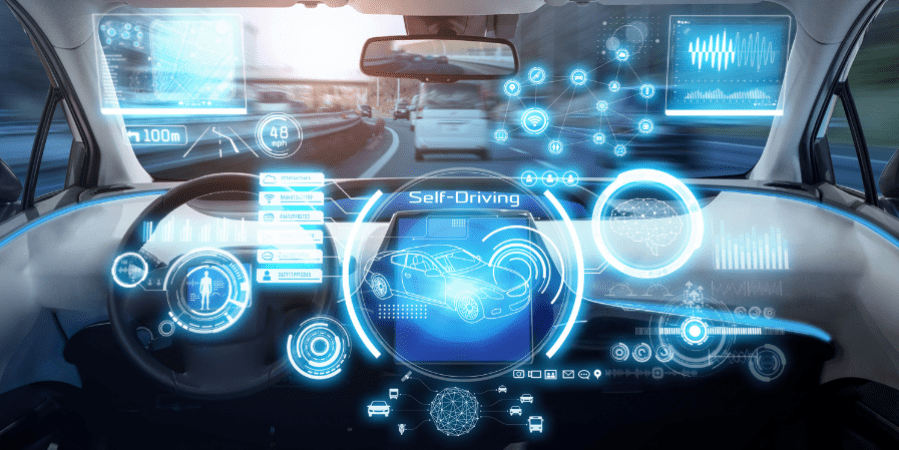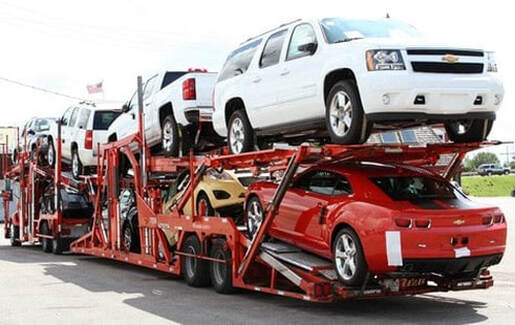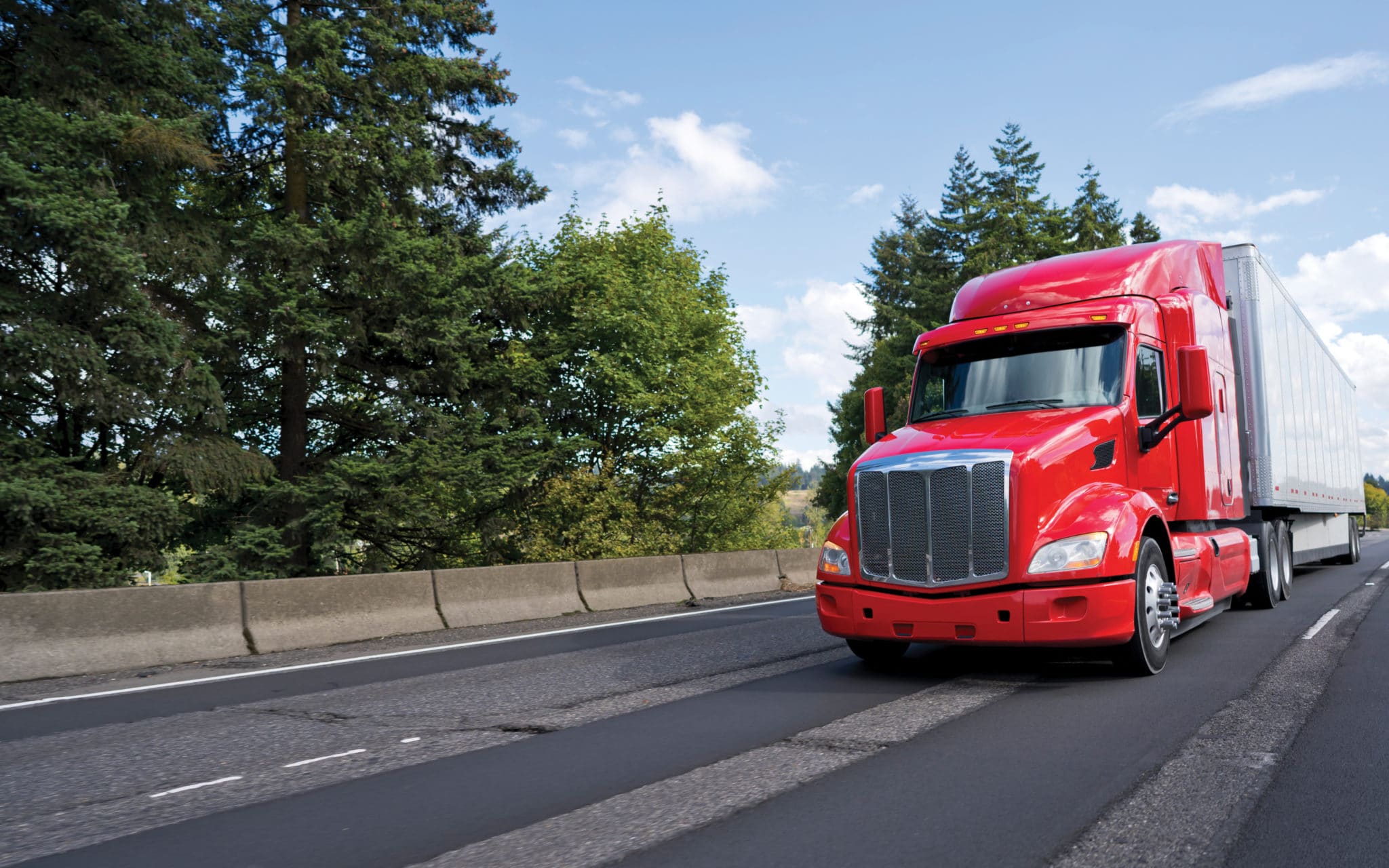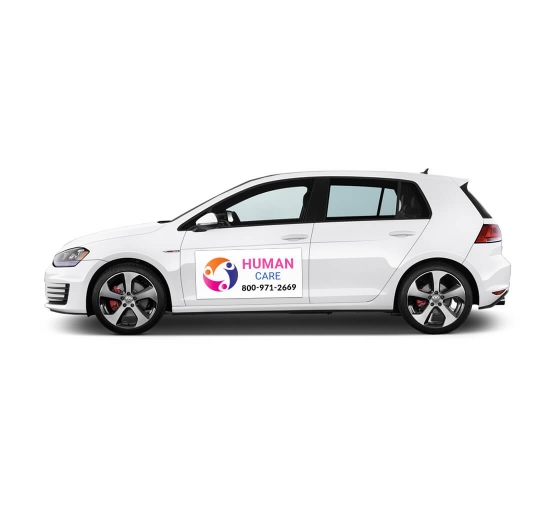Automotive Industry: Navigating Innovation and Trends

The automotive industry, a pillar of modern society, has continuously evolved, transforming the way we live, work, and travel. From the inception of the first automobile to the rise of electric vehicles and autonomous driving, this industry has witnessed groundbreaking changes. In this article, we’ll explore the dynamic landscape of the automotive sector, highlighting its history, technological advancements, sustainability initiatives, market trends, and the road ahead.
A Journey Through Time: Evolution of the Automotive Industry
From Horse Carriages to Motorized Vehicles
The journey of the automotive industry began with the creation of the first motorized vehicle by Karl Benz in 1885. This marked the transition from horse-drawn carriages to mechanized transport, revolutionizing personal mobility and transportation networks.
Mass Production and Ford’s Legacy
Henry Ford’s introduction of the assembly line in 1913 transformed manufacturing, making vehicles more affordable and accessible. This milestone not only streamlined production but also set the stage for a global automotive revolution.
The Technological Leap: Rise of Electric Vehicles
Recent decades have seen a surge in electric vehicle (EV) adoption. Innovations in battery technology, environmental concerns, and government incentives have driven the shift towards greener alternatives, reducing carbon footprints and reliance on fossil fuels.
Innovations Driving the Future
Autonomous Driving: Redefining Mobility
The advent of autonomous vehicles promises to reshape transportation as we know it. With advancements in sensors, AI, and connectivity, self-driving cars offer safer and more efficient travel, reduced congestion, and increased accessibility for people with mobility challenges.
Connectivity and IoT Integration
Modern vehicles have become smart devices on wheels, equipped with advanced connectivity features. From real-time navigation and entertainment to vehicle diagnostics, IoT integration enhances driver experience, safety, and convenience.
Sustainability and Green Initiatives
The automotive industry is making substantial efforts towards sustainability. Manufacturers are investing in hybrid and electric technologies, striving to reduce emissions and create a more eco-friendly driving ecosystem.
Market Trends and Consumer Preferences
Rise of Shared Mobility Services
The rise of ride-sharing and car-sharing platforms has transformed the way people perceive vehicle ownership. Consumers are increasingly valuing convenience over ownership, giving rise to a sharing economy within the automotive sector.
E-Commerce and Digital Showrooms
The purchasing journey has evolved with the integration of e-commerce and digital showrooms. Consumers can explore, configure, and even purchase vehicles online, changing the dynamics of dealership interactions.
Personalization and Customization
Modern consumers seek unique experiences. Automotive companies are catering to this demand by offering customizable features, allowing buyers to tailor their vehicles to reflect their individuality.

The Road Ahead: Challenges and Opportunities
Regulatory and Environmental Challenges
Stricter emissions regulations and sustainability goals pose challenges for traditional manufacturers. Adaptation and innovation are key to meeting these standards while remaining competitive.
Redefining Mobility Services
Autonomous vehicles bring opportunities for new mobility services, impacting industries beyond automotive. From logistics to urban planning, businesses will need to align with this paradigm shift.
Data Security and Privacy Concerns
As vehicles become more connected, data security and privacy concerns emerge. Safeguarding user data and preventing cyber threats will be critical for maintaining consumer trust.
Conclusion
The automotive industry’s evolution is a testament to human ingenuity and the drive for progress. From the invention of the automobile to the era of electrification and autonomy, innovation continues to reshape the industry. As we navigate these changes, the automotive sector stands at the threshold of an exciting future, marked by sustainable practices, transformative technologies, and an ever-evolving transportation landscape.
Frequently Asked Questions (FAQs)
- What was the first mass-produced automobile? The Ford Model T, introduced in 1908, is widely considered the first mass-produced automobile.
- Are electric vehicles truly environmentally friendly? Electric vehicles produce zero tailpipe emissions and have lower overall carbon footprints compared to traditional internal combustion engine vehicles.
- How do autonomous vehicles “see” their surroundings? Autonomous vehicles use an array of sensors including cameras, LiDAR, radar, and ultrasonic sensors to perceive and navigate their environment.
- What is the role of AI in the automotive industry? Artificial Intelligence plays a crucial role in autonomous driving, vehicle diagnostics, predictive maintenance, and enhancing driver assistance systems.
- Will traditional gasoline-powered cars become obsolete? While the shift towards electric vehicles is growing, traditional gasoline-powered cars will still be present for some time, especially in regions with limited charging infrastructure.




